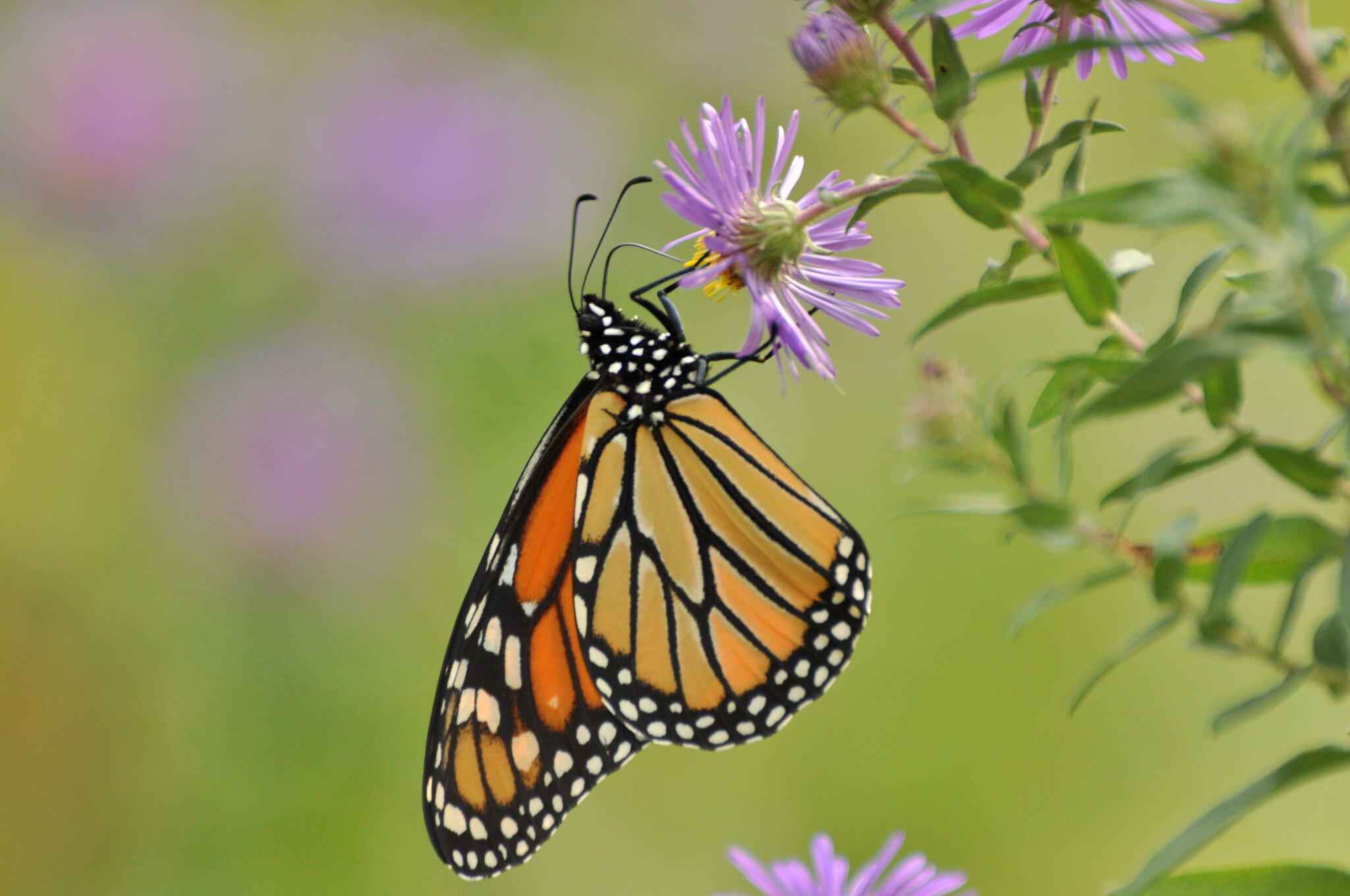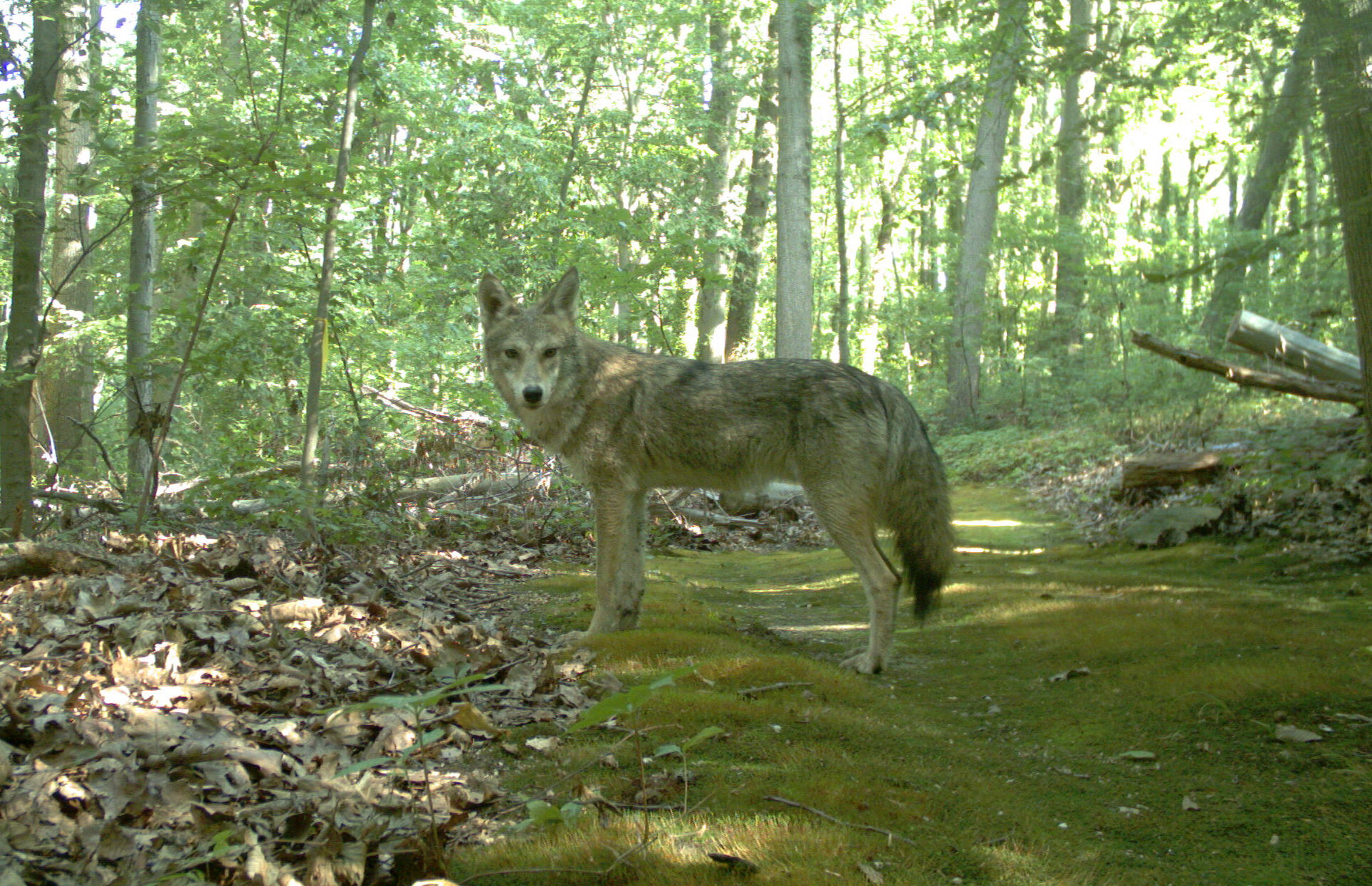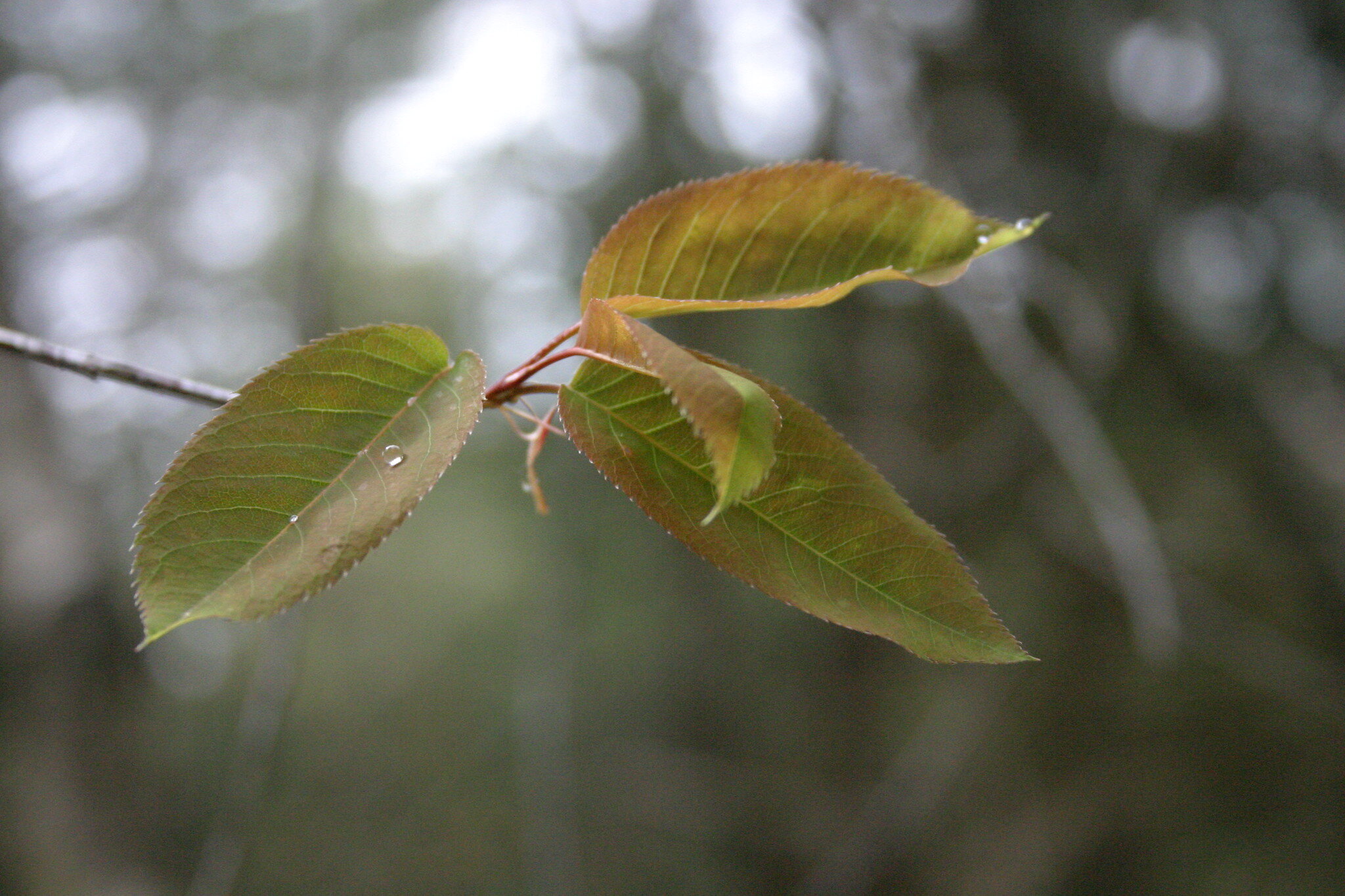By Enrico Nardone
Diadromous fish (Greek for “running through”) are those unique species that migrate between fresh and salt water. There are two general types: anadromous fish (“running up”) and catadromous fish (“running down”). The former spend most of their lives in saltwater, but migrate into freshwater to spawn; the later do the opposite.
While most people are familiar with the life cycle of anadromous fish, such as river herring and salmon, the story of catadromous fish is less well known. Long Island’s only catadromous fish is the American eel. Every one of these fish (their range stretches from South America to Canada) hatches in an area of the North Atlantic known as the Sargasso Sea. From there they drift on ocean currents as leaf-shaped larvae for a year before transforming into “glass eels”, making their way into the estuaries and migrating into freshwater rivers and streams (on Long Island, this migration occurs in late winter and early spring). They then spend most their lives in freshwater (growing to 4 – 5 feet long!) before reaching sexual maturity (after 30 or 40 years!), and making one last migration out to the Sargasso to spawn and die.
Dams and other barriers impede eels from reaching upstream freshwater habitats. While little data is available, scientists believe that eel populations are significantly reduced from historic levels due to these barriers. Still, these resilient fish manage to survive, sometimes literally climbing over barriers as glass eels to get upstream. However, as this recent video from Long Island shows, while they are amazing climbers, they still struggle with the challenge presented by vertical walls.



